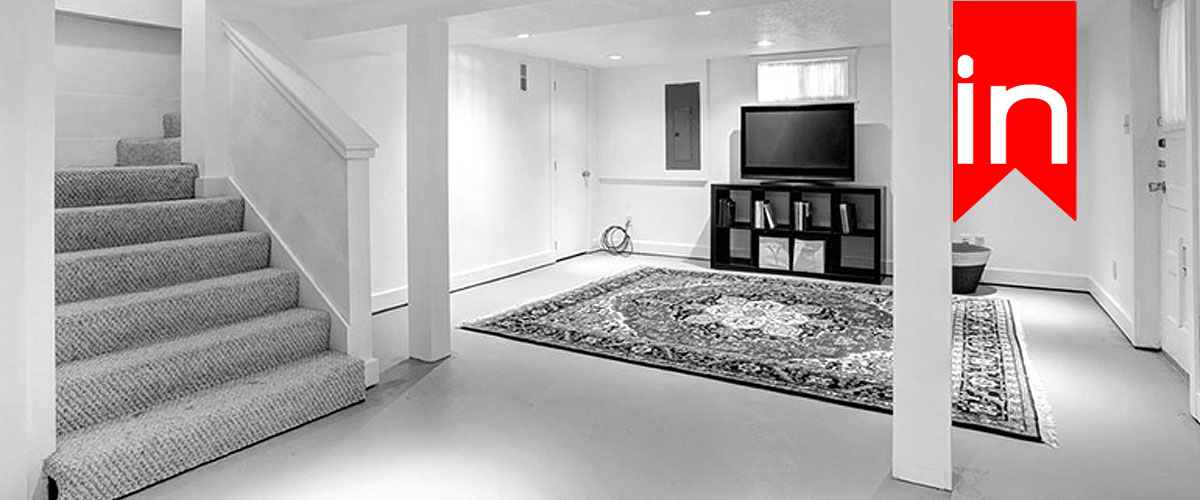Choosing a stair lift for a low ceiling can be a daunting task. Homeowners with limited mobility need to find a lift that fits their needs and the specifications of their home. A low ceiling presents a unique challenge, as many models require a certain amount of clearance to operate safely. However, with some research and careful consideration, it is possible to find a stair lift that will allow individuals to move freely and safely throughout their home.
When selecting a stair lift for a low ceiling, first measure the available space. This includes the height of the ceiling, the length of the staircase, and any obstacles that may impede the lift’s movement. Homeowners should also consider their personal needs and preferences, such as the weight capacity of the lift and the style of the seat. Additionally, it is important to choose a reputable manufacturer and installer to ensure the lift is installed correctly and meets all safety standards.
Highlights
- Selecting a stair lift for low ceilings requires careful consideration of space constraints.
- Measure space, consider weight capacity, and assess suitability for installation before purchasing.
- Choose between straight and curved lifts, considering safety features, seat options, and budgetary concerns.
Assessing Your Space
Assess your space to determine if a stair lift is a feasible option for your low ceiling. This section will cover the steps you should take to measure your space and ensure that a stair lift will fit.
Measuring Your Space
The first step to assessing your space is to measure your staircase. Measure the length of the staircase from the top of the first step to the bottom of the last step. Next, measure the width of the staircase, including any handrails or banisters. Measure the height of the staircase. If your staircase has a low ceiling, you will need to measure the height of the ceiling to ensure that there is enough clearance for the stair lift. A minimum of 6 feet 6 inches is required for most stair lifts, but some models may require more space. These measurements will help you determine the appropriate size and model of the stair lift that may fit into your space.
Another factor to consider is the weight capacity of the stair lift. If you or a loved one require a heavy-duty model due to weight or mobility issues, it is important to ensure that the stair lift can support the necessary weight.
Once all the measurements are made, you can now begin the quoting process to from different stair lift companies. Each stair lift company may have different models and specs that may fit the low ceilings. It is critical to inform the stair lift companies of the clearance height.
Types of Stair Lifts
When it comes to choosing a stair lift for a low ceiling, there are two main types to consider: straight stair lifts and curved stair lifts.
Straight Stair Lifts
Straight stair lifts are designed for staircases that have no curves or turns. They are the most common type of stair lift and are often the most affordable. Straight stair lifts are also relatively easy to install and can usually be installed in a matter of hours.
These lifts typically have a weight capacity of 300-350 pounds and can travel up to 16 feet in length. They are also available with a variety of features such as adjustable seat height, swivel seats, and folding footrests.
Curved Stair Lifts
Curved stair lifts are designed for staircases that have curves, turns, or landings. These lifts are custom-made to fit the specific shape of the staircase and are therefore more expensive than straight stair lifts.
Curved stair lifts have a weight capacity of 300-350 pounds and can travel up to 50 feet in length. They are also available with a variety of features such as adjustable seat height, swivel seats, and folding footrests.
Installation of curved stair lifts can take several days or even weeks, depending on the complexity of the staircase. However, they provide a smooth and comfortable ride and can be a great option for those with curved staircases.
Features to Consider
When choosing a stair lift for a low ceiling, there are several features to consider to ensure that the lift is safe, reliable, and comfortable. Here are some of the most important features to keep in mind:
Seat Options
The seat is one of the most important components of a stair lift. It is important to choose a seat that is comfortable and provides adequate support. Some of the most popular seat options include:
- Perch seat: This type of seat is designed for people who have difficulty bending their knees. It allows the user to stand on a small platform and lean against a padded backrest.
- Folding seat: This type of seat is ideal for narrow staircases as it can be folded up when not in use.
- Swivel seat: This type of seat rotates at the top of the stairs, allowing the user to safely exit the lift.
Weight Capacity
Choose a stair lift with a weight capacity that meets the needs of the user. Most stair lifts have a weight capacity of between 250 and 400 pounds. However, there are heavy-duty models available for users who weigh more than 400 pounds. It is important to choose a lift with a weight capacity that exceeds the user’s weight to ensure that the lift is safe and reliable.
Safety Features
When choosing a stair lift, safety should be a top priority. Look for a lift that has the following safety features:
- Seat belt: A seat belt will keep the user securely in place while the lift is in motion.
- Swivel lock: A swivel lock will prevent the seat from rotating when the lift is in motion.
- Obstruction sensors: Obstruction sensors will detect any objects on the stairs and stop the lift to prevent a collision.
- Battery backup: A battery backup will ensure that the lift can still be used in the event of a power outage.
Cost and Installation
Choosing a stair lift for a low ceiling can be a challenging task. One of the most important factors to consider is the cost and installation process. In this section, we will discuss the budgeting for a stair lift and the installation process.
Budgeting for a Stair Lift
The cost of a stair lift can vary depending on the type of lift and the features it offers. A straight stair lift can cost between $2,000 and $5,000, while a curved stair lift can cost between $8,000 and $15,000. It is important to keep in mind that the cost of installation is not included in these prices.
When budgeting for a stair lift, the long-term benefits of owning a stair lift should be considered. A stair lift can improve the quality of life for someone with limited mobility and allow them to stay in their home longer. It can also reduce the risk of falls and injuries, which can be costly in the long run. Some insurance companies may cover the cost of a stair lift if it is deemed medically necessary.
Installation Process
The installation process for a stair lift can take anywhere from a few hours to a few days, depending on the complexity of the installation. The first step is to measure the staircase to ensure the stair lift will fit properly. The installation process may require modifications to the staircase, such as removing carpet or installing a power outlet.
It is important to hire a professional to install the stair lift to ensure it is installed safely and correctly. The installer should be licensed and insured, and should provide a warranty for their work. Some stair lift companies offer installation as part of their services, while others may charge an additional fee for installation.
Low Ceiling Stair Lifts
Budgeting for a stair lift and understanding the installation process are important factors to consider when choosing a stair lift for a low ceiling. By taking the time to research and compare different options, you can find a stair lift that meets your needs and budget.


